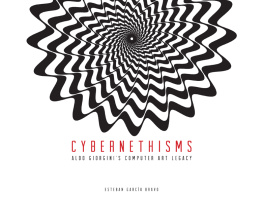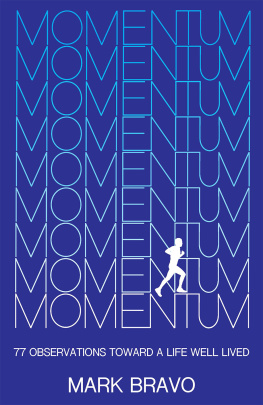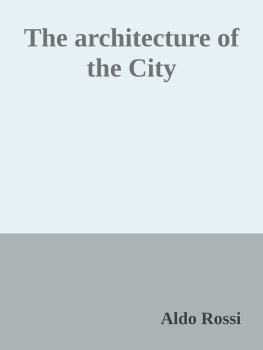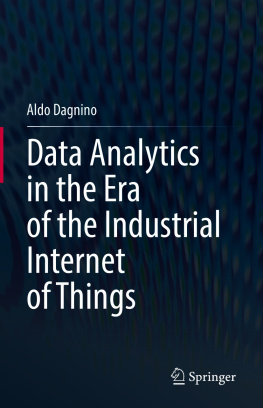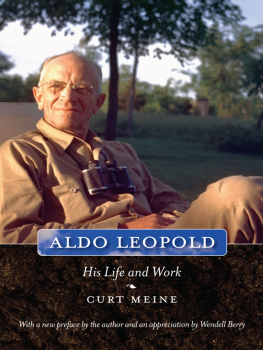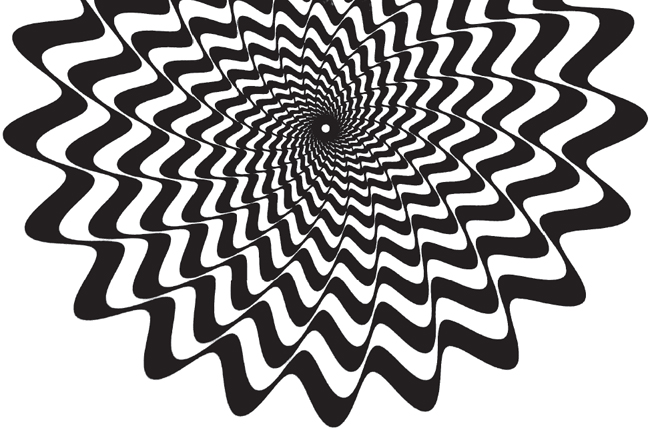When I became interested in the potential artistic possibilities of computer code, my wife, Stephanie, was the first to see the potential academic research in my new area of interest. Thank you, Stephanie, for your companionship and support throughout this entire process, and for the many hours devoted to proofreading my first pseudo-English scribbles.
During my first visit to the computer graphics department at Purdue University, I was welcomed by Drs. La Verne Harris, James Mohler, and Craig Miller. These professors consistently guided, encouraged, and supported my research throughout my doctoral studies, and I am extremely grateful for their caring advice and mentoring during this adventure. I also would like to thank Dr. Patrick Connolly for his valuable feedback on this research and for his leadership in the department. All of these individuals have been strong advocates of my work, and I would like to express my endless gratitude for their support.
Of course, this research would have not been possible without the help of the Giorgini family: Flaviano Giorgini, Massimiliano Giorgini, and Kelly Paez-Urbano. Thank you, Flaviano and Massimiliano, for granting me access to your fathers materials. I truly appreciate the trust you placed in me to allow me to explore his studio. Additionally, special thanks to Massimiliano for devoting so many hours of your time to answer my many questions about your father. I also would like to thank Kelly for so graciously permitting me inside the Giorgini residence to perform this investigation.
Special thanks to Dr. Elizabeth Mix, who helped me shape the thematic structure of this study and who patiently reviewed the first drafts of this biography. Lastly, I would like to thank Nisha Nagarajan for assisting in the final formatting of this book, serving as an assistant editor, and helping with the review, references, and appendices of this book.
I still remember my first time using a computer. The year was 1988. I was in first grade, and as I watched my brother plug a beige-colored keyboard into our television, my excitement grew for my first opportunity to experience the Commodore VIC-20, an amazing visual playground. The programs were stored in the form of a cassette tape and loaded into the computer by typing commands from the keyboard. One of the features I especially loved was the ability to create color pictures in the 22-by-23 pixel grid of VIC-20s screen.
I was artistically inclined from a very early age. My school also had lots of VIC-20s, and our computing class taught us a language called LOGO. In LOGO, the user typed a list of commands to depict shapes on the screen. We would have assignments in which we had to draw various images, such as an ice cream cone or a hexagon. Simple commandssuch as RT 90, for rotating the line 90 degrees, or functions like REPEATwere my first exposure to the elements of programming.
As time passed, I witnessed fast development of graphics. As I matured, so did the technology, including computer games, interactive CD-ROMs, scanners, and the Internet. Gradually, images became more colorful and realistic; the new computer interfaces started looking like desktops or artists studios with tools for painting digital canvases.
I came to Purdue University from Colombia in 2005 to study for an MFA in electronic and time-based media. It was a unique experience to experiment with all that technology had to offer to the fine arts; we had classes on robotics, interfaces, programming languages, and digital imaging.
I became familiar with the work of Aldo Giorgini within my first months in Indiana. I was introduced to Massimiliano, Giorginis son, at a party at my brothers apartment. During our first conversation, Massimiliano told me all about his fathers pioneering work in computer art. I learned that much of his fathers original artwork and papers were still in Lafayette. Massimiliano and his wife, Kelly, lived at the Giorgini residence, where Giorginis studio remained, nearly untouched since his death in 1994. I was a computer artist myself and was very excited to learn that my new place of residence had its own computer art historyto my surprise, a history that had not yet been written.
When I got home, I did a quick image search on Aldo Giorgini. The piece called I Aint a Spiral () was on my screen within minutes. The work was mysterious on many levels. Formally, the composition showed an algorithmic design of black and white ripples that drew me to an optical effect that was both dazzling and pleasant. Aside from the visual aspects, however, the date of the image called my attention1974 seemed like an early date for a computer-based work.
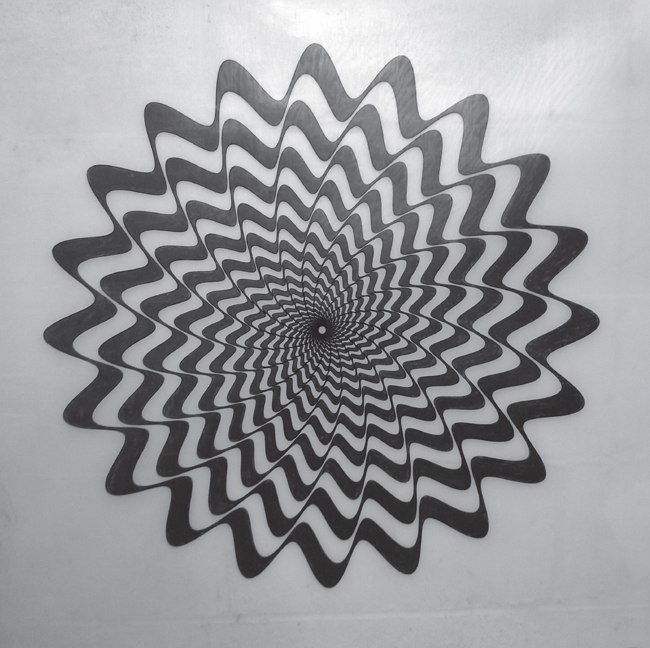
Figure 1. I Aint a Spiral, 1973. Acrylic paint on Mylar, 36 36 in.
It was those mysteries within his work that compelled and inspired me to do this research and to understand Giorginis developments in computer art. When I made my first visit to Giorginis former studio in the basement of the house on Berkley Road, I could almost believe that Giorgini was still alive. The amount of files, folders, and artwork lying around were reminiscent of an artist working on a big project. After that, I visited the Giorgini residence more and more regularly, and I became familiar with Giorginis intricate methods. In an archaeological way, documents, paintings, and computer codes resurfaced, as I scavenged through every container and cabinet of his studio. Every time I found a new image hiding inside an envelope or a cardboard box, I became increasingly intrigued with his process. This book is the result of an exhaustive four-year inspection of Giorginis studio, the place where he produced his computer art. I was able to create a narrative, my interpretation of who Aldo Giorgini was; however, though my investigation was thorough, it would be impossible to recreate a true representation of Giorginis persona. For this reason, the final section of this book is devoted to a selection of Giorginis unpublished manuscripts. These documents reveal his unique philosophy toward art and computers.
Giorgini was aware of both associations of cybernetics: first, for the use of computer code and logic as a form of communication with the machine; and second, because of its association with an international art movement. In the chapter Computer Art in Context, I focus on providing a historic background to contextualize Giorgini within a larger group of artists from his generation.
Although Giorginis art is known among a select group of computer artists and theorists, his contribution has been relatively unknown, possibly because of his premature death in 1994. However, Giorginis ideas have resonated in the minds of influential individuals such as the computational theorist Raymond Kurzweil. In

